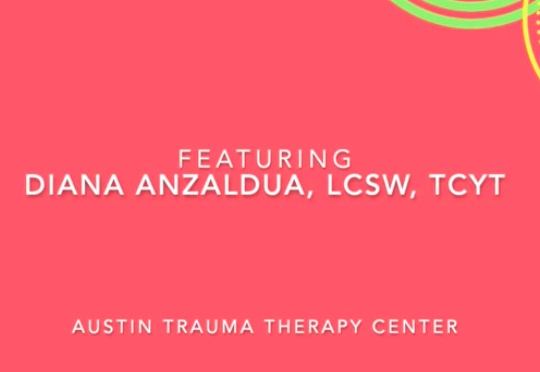What is an EMDR Therapy session? Eye Movement Desensitization and Reprocessing (EMDR) is a safe trauma treatment to psychotherapy that has been practiced in the U.S. and around the world for the past 25 years. It integrates many successful elements of a range of therapeutic approaches, yet there are aspects of EMDR that are unique. In particular, the therapist leads the patient in a series of bilateral eye movements while the patient simultaneously focuses on various aspects of a disturbing memory.
What is Bilateral Stimulation in EMDR?
The left – right eye movements in EMDR therapy are a form of “bilateral stimulation.” Bilateral Stimulation means you are using both sides of the brain simultaneously. Other forms of bilateral stimulation used by EMDR therapists include alternating bilateral sound using headphones.
Alternating tactile stimulation using a handheld device that vibrates or taps to the back of the patient’s hands, or a gentle tapping, is also used. More recently with COVID, virtual EMDR Therapy Sessions have become more popular integrating bilateral stimulation without the need to meet in person, with similar success.
Why use EMDR in Therapy?
EMDR therapy sessions are applicable for a wide range of psychological problems that result from overwhelming life experiences. During the processing of difficult memories, a person who has been abandoned by a spouse may come to realize that she is loveable and is no longer overwhelmed by negative feelings about herself or participate in unproductive behaviors stemming from those feelings.
This is because our brain tends to lump similar negative experiences together. A person fearful of driving due to a terrible car accident in the past may end the session feeling safe to drive again.
Where did EMDR come from?
EMDR Therapy Sessions were discovered by Francine Shapiro, Ph.D., who grasped the use of bilateral stimulation. Dr. Shapiro found—quite by accident—that emotional and behavioral symptoms resulting from disturbing experiences tend to resolve naturally when a person allows him/herself to recall various elements of a memory while engaging in bilateral stimulation such as lateral eye movements.
Dr. Shapiro and her associates developed a number of procedures for coordinating this “dual awareness”. The procedures have been refined and validated through controlled research at several centers around the world. Precise and careful use of these procedures can lead to a safe processing of memories, such that the negative thoughts and emotions disappear.
How EMDR Can Help
More than a set of “techniques”, the EMDR Therapy approach provides a model for understanding human potential, including how positive experiences support adaptive living, or psychological health, and how upsetting experiences can sometimes lead to psychological problems that interfere with a person’s ability to meet life challenges.
The EMDR protocol guides clinicians in careful assessment and preparation work, particularly for persons with histories of multiple traumas. An EMDR Therapy Session procedures should only be used by a fully trained EMDR clinician, who holds licensure in the mental health field. EMDRIA is a professional association for EMDR practitioners and researchers to seek the highest standards for clinical use of EMDR.
Words From Our Austin Trauma Therapy Center EMDR Trained Therapist
“EMDR therapy is one of the most powerful tools I’ve encountered for treating posttraumatic stress. In the hands of a competent and compassionate therapist, it gives people the means to heal themselves.” See more information about EMDR Therapy Sessions, and how it can help with childhood trauma, here.







